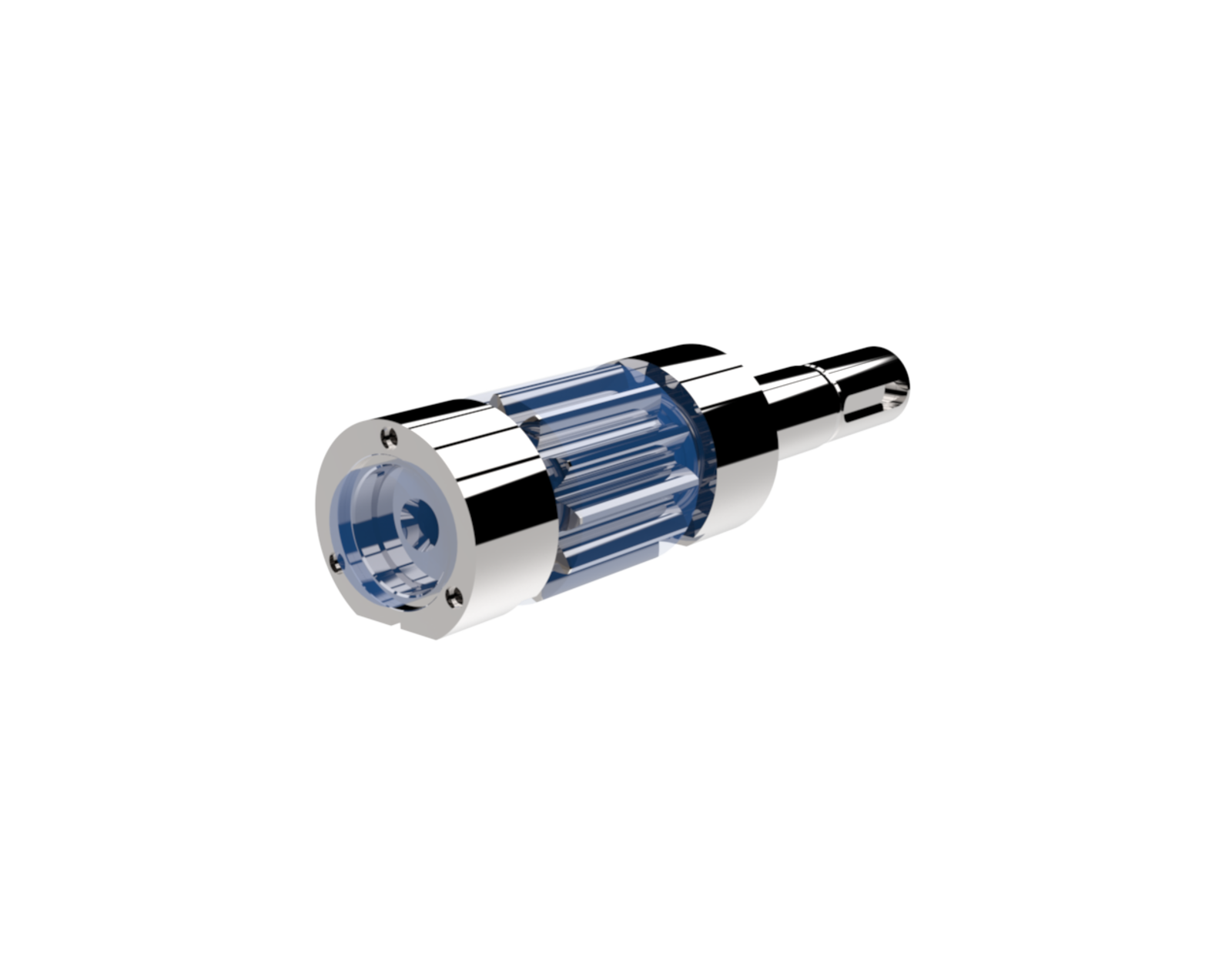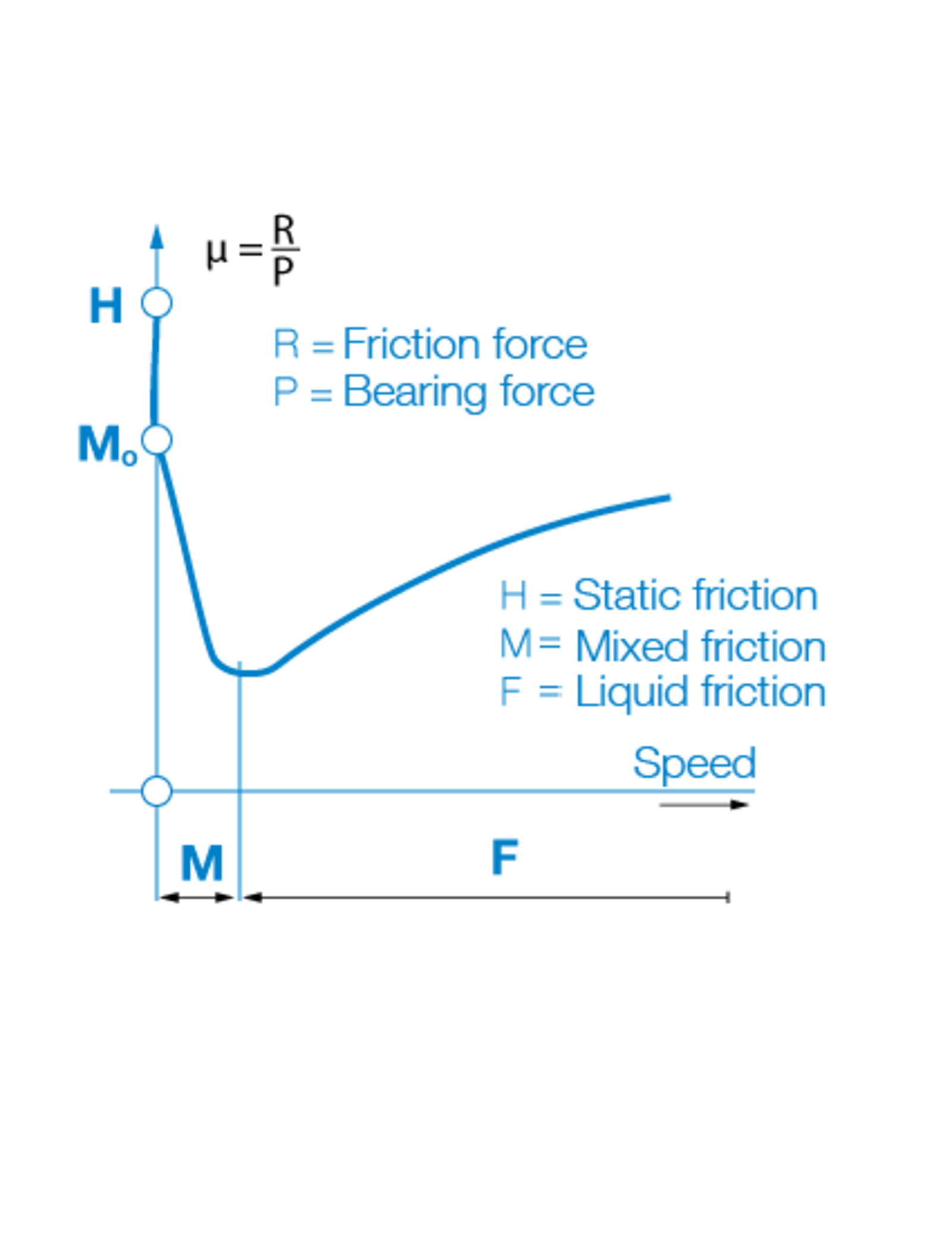What is a friction bearing?
The friction bearing is located in the pump housing and accommodates the gear shaft to give it stability during rotation and to ensure low-wear rotation. This is reached by the build-up of the hydrodynamic lubricating film, which absorbs the shaft load caused by the differential pressure.
In gear pumps, two bearings are used per gear shaft, one in front of and one behind the gear rim. The bearings are recessed in the housing. The gear pump has a total of 4 bearing bushes. The bearings are protected against rotation by the use of a feather key or torsion protection.

